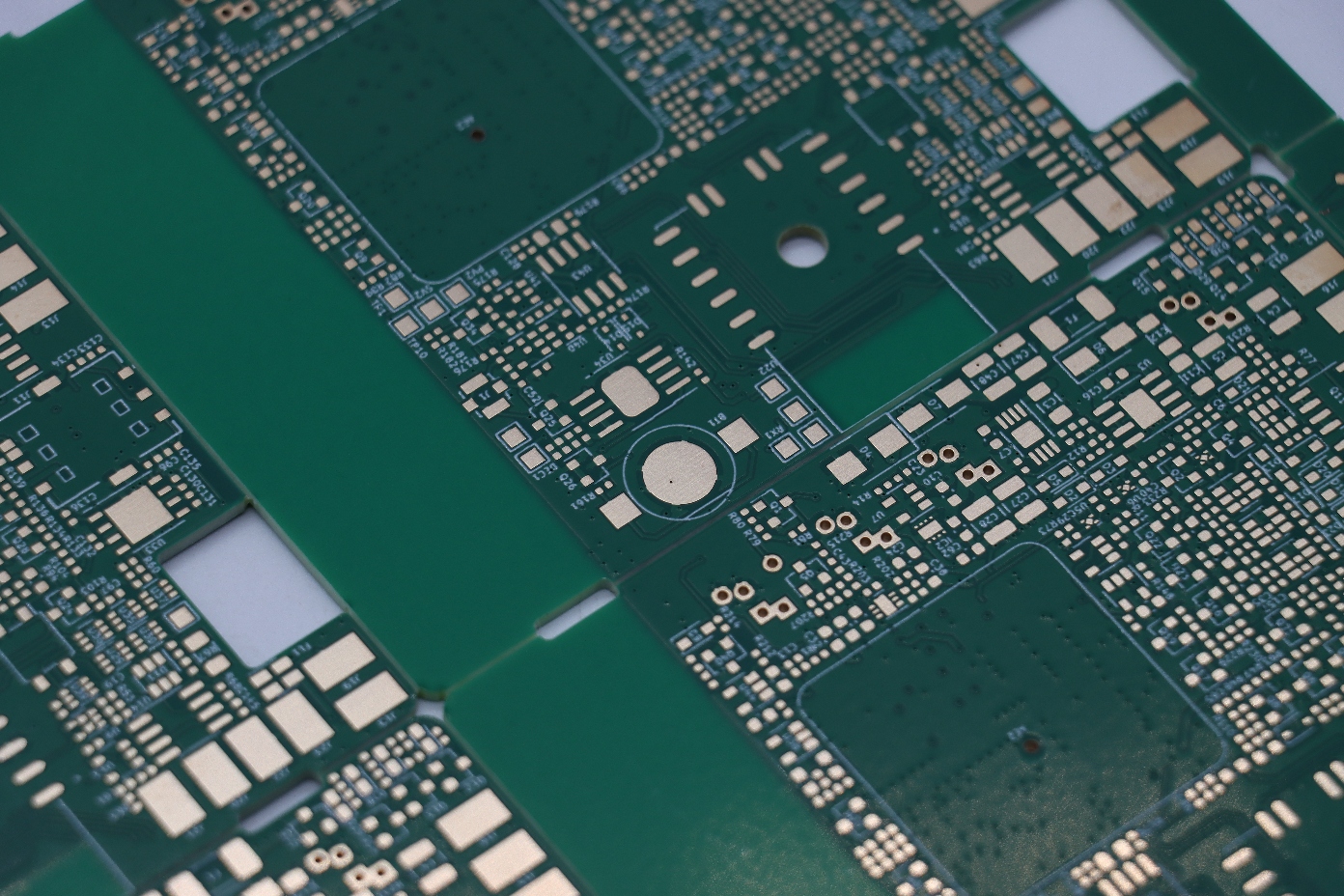When you look at a smartphone, a smartwatch, or a pair of AR glasses, you’re looking at a triumph of miniaturization. These devices pack incredible power into an impossibly small space. The secret isn't just a powerful processor or a vibrant screen; it's the printed circuit board (PCB) at its core. But this isn't the bulky green board your grandfather’s TV had. Today’s smart devices rely on advanced PCBs, namely High-Density Interconnect (HDI) and Flexible Circuits, to achieve their sleek form factors and high functionality.
These technologies are no longer niche—they're the new standard for compact, high-performance electronics.
1. The Challenge of Shrinking Space
As devices get smaller, the number of components on their PCBs continues to grow. A conventional board quickly runs out of space for its traces and pads. This is the exact problem that HDI technology was developed to solve.
What is HDI? Think of a traditional PCB as a two-lane road in the countryside. An HDI board is more like a modern city’s multi-level highway system. It uses ultra-thin layers, microvias (tiny drilled holes, less than 150 microns), and stacked vias to create connections between layers in ways that aren’t possible with traditional methods. This allows for a much higher density of components and traces in a smaller footprint.
The Power of Microvias: Instead of drilling through the entire board with a large drill bit, microvias only connect two adjacent layers. This frees up valuable space on the other layers for more traces. By stacking these microvias, designers can create complex interconnections in a very small area, a technique essential for compact devices like smartwatches and high-end cameras.

2. The Era of Flexibility
Another major constraint of traditional PCBs is their rigidity. This is a problem for devices that need to bend, fold, or conform to irregular shapes, like wearables and medical implants. Flexible circuits offer the perfect solution.
What is a Flexible Circuit? Unlike rigid boards made of a solid fiberglass-epoxy substrate, flexible circuits (or Flex PCBs) are built on a thin, bendable plastic film, typically polyimide. This allows the circuit to be shaped into a variety of forms without cracking or losing electrical connectivity.
Applications Everywhere: You’ll find Flex PCBs in foldable smartphones, where they connect the two halves of the screen, and in drones, where they reduce weight while managing complex wiring. In medical applications, they are used in hearing aids and wearable health monitors that must conform to the body's contours. Flex PCBs are the silent enabler of ergonomic and innovative designs.
3. The Convergence: Rigid-Flex Technology
While HDI and Flex PCBs are powerful on their own, the real magic happens when they are combined. Rigid-Flex PCBs integrate rigid board sections with flexible sections, creating a single, hybrid circuit.
Why Rigid-Flex? This technology offers the best of both worlds. The rigid parts provide sturdy support for heavy components like processors and connectors, while the flexible sections handle the interconnections in tight, confined spaces. This eliminates the need for bulky cables or connectors, which not only saves space but also reduces assembly time and the risk of failure points. A great example is a digital camera, where a rigid-flex board connects the image sensor and the main processor, winding around the lens barrel without the need for a separate ribbon cable.
Conclusion: Pushing the Boundaries of Innovation
The demand for smaller, more powerful, and more complex electronics will only continue to grow. Technologies like HDI, flexible circuits, and rigid-flex aren't just buzzwords; they are the fundamental building blocks of tomorrow’s devices. At PCBgogo, we’ve been at the forefront of this evolution. We specialize in complex, high-layer count HDI and multi-layered rigid-flex PCBs. We understand that manufacturing these boards requires more than just standard equipment; it demands a deep understanding of materials science and precision engineering.
We see ourselves as partners in innovation, not just manufacturers. We provide the expertise to help our customers navigate the complexities of advanced circuit design, ensuring that their groundbreaking ideas can become a tangible reality. We are proud to be building the boards that enable the next generation of smart technology.
